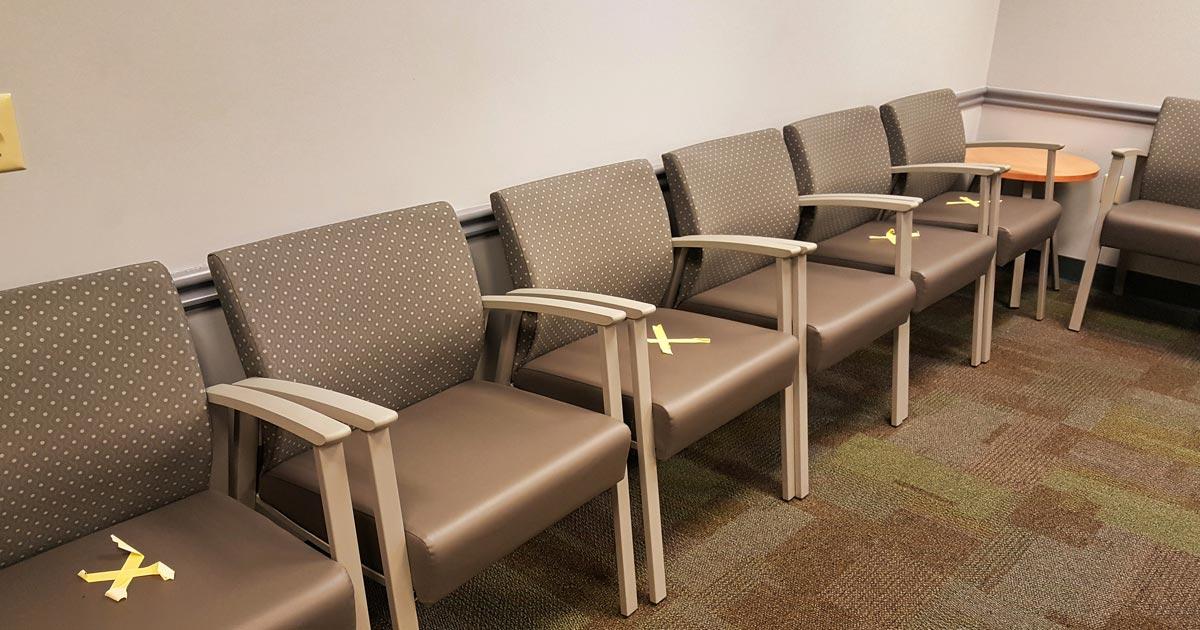
Canada’s Wait Times for Healthcare Are Huge. Activists Blame Free Markets.
For the past sixteen months, headlines have been broadcast across our televisions cautioning us that the elderly and vulnerable populations are most at risk of this life-threatening COVID-19 virus if we do not stop the spread. Despite the preventative measures, long-term care (LTC) homes have been hit the hardest by the pandemic. In Ontario, of the approximately nine thousand deaths in the province, 41 percent, occurred in these homes. The public response to this tragedy has become a growing outcry to “nationalize” or rather have the province make all residences publicly funded and controlled. The worst part of this rallying cry, noble as it may be, is the assumption that LTC homes are private to begin with. In reality, the only thing “private” about long-term care homes is their name. These homes are almost entirely funded by the province, with the rest of the cost highly regulated. Doomed from the start, it is no wonder that these institutions collapse under the slightest amount of external pressure.
When one says that a business is private, it conjures images of free enterprise and entrepreneurship. Even if that is not the first picture that comes to mind, one likely imagines that the consumer, or in this case, the patient, pays for the services. The unfortunate side effect is that people also think, “The greedy capitalist murdered my grandmother.” Those who think this way are the folks that wish to gallop down the trail to full public ownership. While one can understand the sentiment, the basis of this outcry is flawed at best.
In the 2020 April budget, the Ontario government spent $5.76 billion on LTC homes. This egregious sum of money goes toward all medical staff and supplies, recreation programs, support services, and even the groceries purchased for the home. The price charged to the residents is effectively an administration fee and covers nonmedical support staff as well. The catch to this cost is that the province sets maximum levels for these fees, essentially regulating what extras the homes can and cannot afford. At most, LTC homes are allowed to charge eighty-eight dollars a day for a long-term private room. It should be evident that although LTC homes are owned by private entities, they are hardly private in the economic sense, with the government picking up most of the tab and regulating the rest.
The New Democratic Party (NDP) of Ontario has put together a plan to end for-profit healthcare. Still, they really have to ask themselves, “If the government is already paying for all the medical care and controlling the rest of the system, how will more government control make this better?” Although the answer is that no amount of further intervention could make it better, and it’s best to examine why.
Like all central planning, the NDP’s plan and public healthcare in general face the economic calculation problem and knowledge problem hanging over them like the sword of Damocles. The problems that we see with the long-term care homes, such as lack of beds, long waitlists, shortage of nurses, and overall lackluster patient care, are the exact same problems that plague the rest of public healthcare in Ontario and Canada. In Ontario, wait times from the initial doctor’s visit to treatment are approximately 17.4 weeks, which also happens to be the shortest wait time in Canada. When one considers that Canada has the worst wait times out of all the countries in the Organization for Economic Co-operation and Development (OECD), the situation is dire. Further, it is significant to note that Canada is the only OECD country with a 100 percent public healthcare system. As the government has no competition, there are no price signals in the market. Without these signals, no economic calculation can occur, and thus no optimum can ever be attained. If the goal is to make LTC homes better, why hand the system over to a government that clearly cannot run the healthcare sector they already control? If 100 percent public control doesn’t work for primary healthcare, how could it ever improve the standards for LTC homes? Andrea Horvath, the leader of the Ontario NDP, and the rest of the party have no answers for these questions in their plan and likely never will.
We know rent control and subsidies distort equilibrium for the worse, reducing overall welfare and inevitably harming more people than it helps. This is, in effect, what the government is doing for LTC homes. There is an enormous market for safe and affordable LTC homes; let us increase investment and competition, and thus availability. I highly doubt any politician would develop a plan that would lead to an improvement in healthcare. The best way to improve long-term care homes is for the government to stop planning, stop paying, and stop interfering. The sad reality is that no politician would sacrifice their votes in favor of a real solution.




